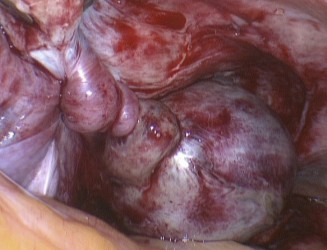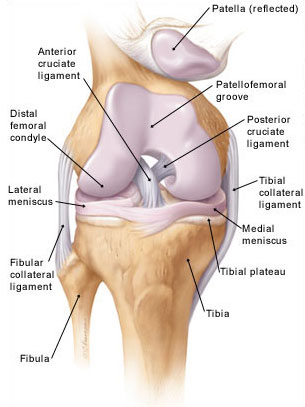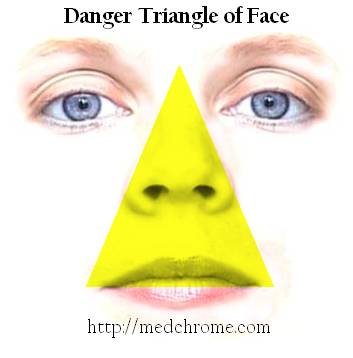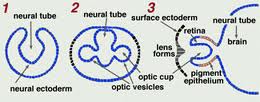Therapeutic cloning


Cloning
Cloning simply means making exact multiple copies of genes, a cell, or an organism. The cloning of human beings may some day be possible. Although subject to environmental influences, the clone would be expected to closely resemble its “parent.”
Therapeutic cloning or Somatic cell nuclear transfer (SCNT)
Therapeutic cloning is not the same as cloning a human being because the cells of the pre-embryo are separated and treated to become particular tissues, which can be used to treat the patient. The separated cells of a pre-embryo are called stem cells because they divide repeatedly and can become various tissues.
However, there is another way to carry out therapeutic cloning. Fertility clinics store extra pre-embryos prepared by in vitro fertilization but not used. These pre-embryos could be a source of stem cells to make tissues that could be stored and used when needed by any patient, if they were stripped of rejection-causing surface molecules. So far, therapeutic cloning is experimental and has not been perfected. However, one day it may provide insulin-secreting cells for diabetic patients, nerve cells for stroke patients or those with Parkinson disease, cardiac cells for heart patients, and so forth.
How is therapeutic cloning done?
- Take a woman’s ovum, and remove its DNA.
- Remove the DNA from a cell taken from a human, and insert it into the ovum.
- After giving an electrical shock to the resulting ovum to begin its embryo making operation, in a small percentage of cases, a pre-embryo will be formed.
- The pre-embryo is allowed to develop and produce many stem cells. So far, the procedure is identical to that used in adult DNA cloning. However, the pre-embryo is not implanted in a woman’s womb in order to try to produce a pregnancy.
- Stem cells are removed from the pre-embryo resulting in its death
- The stem cells are grown into tissue or organ required for the treatment of the patient.
- The tissue or organ is transplanted into the patient.
Advantages of Therapeutic Cloninng
- Pluripotent cells can potentially treat diseases in any body organ or tissue by replacing damaged and dysfunctional cells.
- The tissues resulting from this procedure will not be subject to rejection by the patient because they bear the same surface molecules as the patient’s cells.
Disadvantages of Therapeutic Cloning
- Many attempts are often required to create a viable egg.
- Because a pre-embryo is potentially a living, breathing human being it has generated controversies.
- With experiments on animals, they have produced tumors
Because of the controversy over the cloning of stem cells derived from pre-embryos, some researchers have begun searching for other sources. It turns out that the adult body has not only blood stem cells, but also neural stem cells in the brain. It has even been possible to coax blood stem cells and neural stem cells to become other types of human tissues in the body. Another potential source of blood stem cells is a baby’s umbilical cord, and umbilical blood can now be stored for future use. Once researchers have the know-how, they may be able to use any type of stem cell to cure many of the disorders afflicting human beings.






2 Comments
Welcome to our chanel price discount online store.Owing [b]chanel prices[/b] is often a sign that a woman has excellent taste of fashion and knows the latest fashion trends.We offer Many kinds of price of chanel for up to 60% off discount.All [u][b]chanel price[/b][/u] sell at a reasonable price,so you can buy the cheapest [url=http://chanelprices.org]chanel price[/url] with high quality.
I really enjoyed your blog. Great content. Please keep posting such good cotent.
Comments are closed.